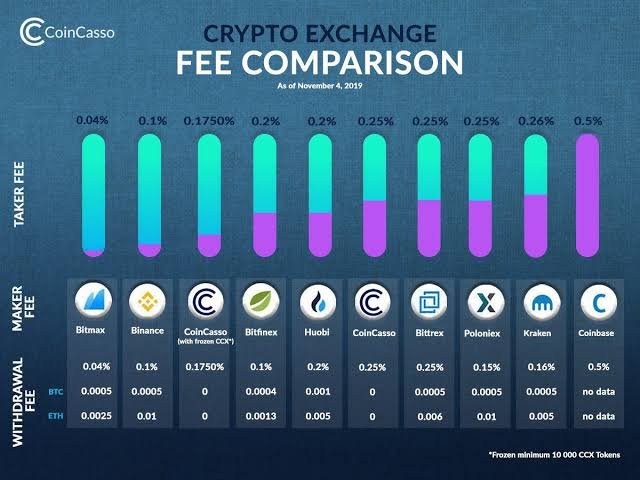The Importance of Product-Market Fit Analysis – A Comprehensive Guide
Product-market fit occurs when a company’s buyers buy, use, and share its products in large enough numbers to drive sales. Satisfied consumers may even perform free marketing for the brand by recommending it to other like-minded buyers.
Startups often go through trial and error before reaching product-market fit. They adjust their product’s features and distribution channels during this process to achieve the right market fit.
Market Size
Market size is an essential part of the product-market fit analysis. It’s the total number of sales or customers a business can expect to see in a market over a certain period, typically one year. This number can be used to determine potential revenue and profit margins for a new product or service. It’s also helpful in assessing existing products and determining whether they have achieved product-market fit.
Achieving product-market fit is essential to long-term success. If your company can’t convince investors that there’s enough demand for a particular product or feature, it won’t be able to grow its user base and increase sales. It is why many startups prioritize achieving product-market fit before seeking out additional funding.
The best way to measure product-market fit is through direct feedback from your target audience. You can use NPS surveys to determine your customers’ satisfaction with a particular product or feature. You can also conduct PMF surveys to determine how well your product or features satisfy customer pain points.
Monitoring your market for changes affecting your product-market fit is also essential. For example, if your product or market changes, it may be necessary to change how you market your product or adjust your product features. It is why it’s crucial to regularly assess your product-market fit with metrics like customer retention and addressable market.
Market Segmentation
Finding product-market fit can be difficult. While some experts suggest it can be measured, others describe it as a feeling. In any case, it is a critical part of product success.
Achieving product-market fit means identifying a market and creating a product that meets those needs. It can be done by analyzing customer feedback and market research. Once a company finds product-market fit, it will likely stay profitable and grow. It is essential because it shows that the product has a place in the marketplace and that customers will continue to buy it.
Market segmentation is a way to divide a market into groups of similar people and can be reached effectively. It is an essential part of market research and involves using data to create targeted marketing strategies. Market segmentation can be used in many ways, including product testing, customer surveys, and demographic analysis.
One example of a successful product-market fit is Google Glass, a wearable technology that displays real-time information on the user’s face. While this technology has much potential, it also had some significant issues that led to its discontinuation. However, it is an excellent example of how product-market fit can be more critical than ambitious technology or well-known branding. Moreover, it can be achieved in a much shorter time frame than many companies expect.
Target Markets
Achieving product-market fit is essential to a business’s success. It means your product has enough demand to sustain organic growth and generate profits. Without it, your business will rely on costly paid advertising campaigns to grow its customer base and sales revenue.
To determine whether or not you have found a product-market fit, you must conduct a targeted market analysis. It will help you identify the users with underserved needs your product can satisfy. It will also help you establish your target market size, defined as the total number of users with the underserved need that your product meets.
To perform a targeted market analysis, you must research your potential customers to understand their deepest pain points and unmet needs. You can do this by distributing online surveys or conducting in-person interviews with your target audience. From there, you can develop personas and write a value hypothesis that captures how your product will meet those needs.
Once you have determined that your product has a viable market, you can generate organic and non-paid traffic through word-of-mouth marketing. You can also use Net Promoter Score (NPS) to measure how satisfied your current users are with your product and how likely they are to recommend it to others.
Market Research
Market research is a necessary part of achieving product-market fit. It helps you identify underserved needs in the market and curate a value-driven product. It helps you avoid wasting time and money on creating a product that nobody is interested in buying. It also helps you make innovative marketing, production, and distribution decisions.
Finding product-market fit is vital because it determines how long your business will last and how profitable you will be. It also influences whether you can survive if your competition enters the market with similar products. Achieving product-market fit will also help you establish credibility and create a strong brand image.
To test your product-market fit, you can conduct surveys and focus groups to gauge consumer demand. You can also build a Minimum Viable Product (MVP) to see if it’s possible to meet the demands of your target market. A key indicator of product-market fit is 40% of your customers classifying the product as a “must have.” Other qualitative metrics, such as increased customer retention, good word of mouth, and media coverage, can also be valuable indicators.
Finding product-market fit can be a challenge for many companies. It’s not just about identifying the right product for the market; it’s about navigating the pitfalls of internal politics, stakeholder trade-offs, substitute products, and other obstacles.







